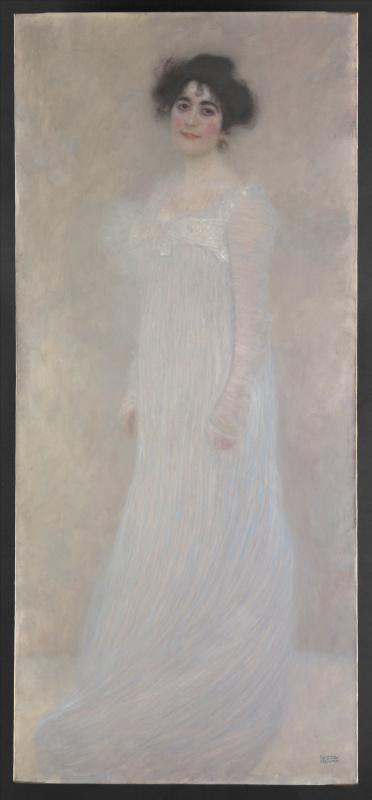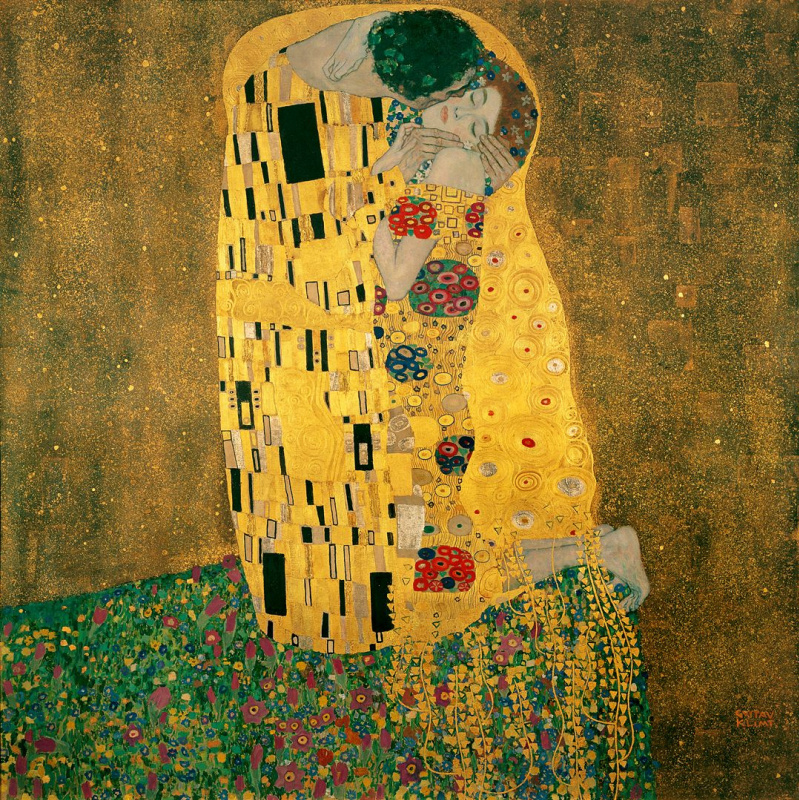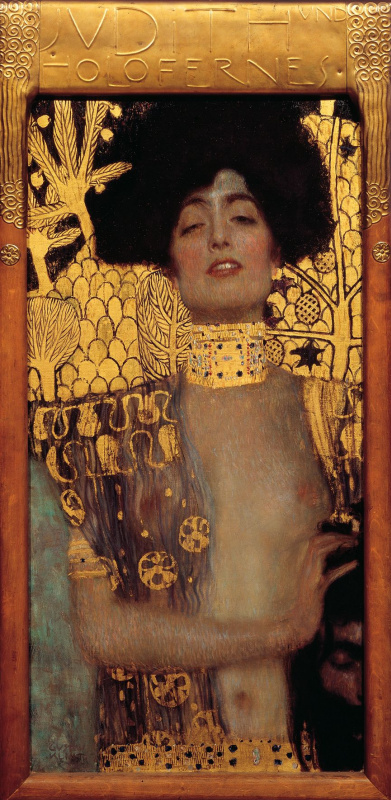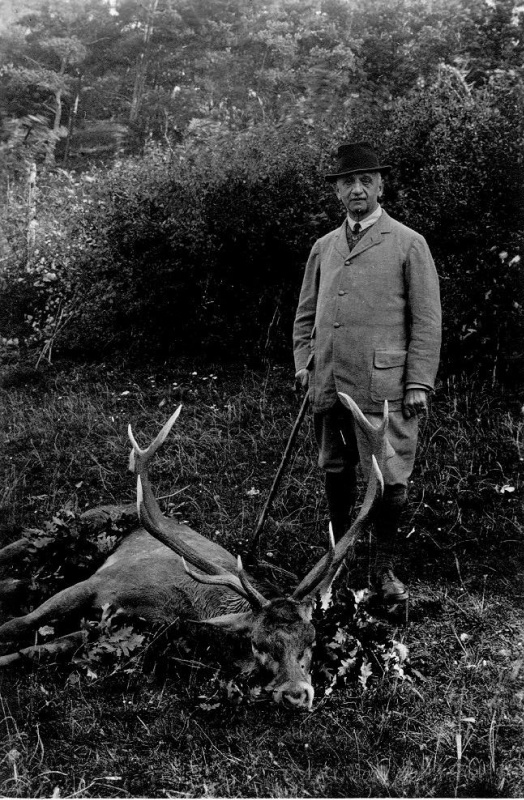
In post-war Vienna, her image became the embodiment of Austrian culture; the portrait of Adele Bloch-Bauer I has long been called the Austrian Mona Lisa. Later, the painting became a symbol of justice. In 2015, The Woman in Gold was released, a Hollywood version of the story about the confiscation of the canvas from the Bloch-Bauer Jewish family during World War II and the long but ultimately successful struggle for its restitution. Over the past century, many viewers have wondered: who was Adele Bloch-Bauer?

Adele Bauer was born in Vienna in 1881. She was the daughter of a bank and railroad director and received a privileged cultural upbringing. The family had seven children, Adele being the youngest. At 19, the girl was married to sugar tycoon Ferdinand Bloch, who was 17 years her senior. The joint wedding photo has not survived. But we got a photo of Adele.
Ferdinand adored his wife so much that he subsequently added her surname to his. Their brother and sister had previously also married and took the double surname Bloch-Bauer with a hyphen. Actually, thanks to this couple, Adele met Ferdinand.
Symphony in Gold
The family paid a lot of attention to art, and not only collected, but also ordered paintings. And the individualist and rebel Gustav Klimt was one of their favourite artists.The first portrait was originally discussed in a letter that 22-year-old Adele wrote to 41-year-old Klimt in 1903. Ferdinand ordered it as a birthday present for her parents. This happened a few years after Klimt co-founded the Vienna Secession, and shortly after, due to his scandalous, supposedly pornographic frescoes, the University of Vienna refused state orders for the artist.

The background for the picture was a lush riot of sparkling oriental and erotic symbolism — triangles, eyes, eggs. "The portrait of Adele Bloch-Bauer is a golden symphony, a unique symbolic triumph," said Viennese art critic Tobias Natter. This portrait is considered a masterpiece of Art Nouveau.
The later picture became a dramatic departure from the previous one. "How could Klimt have changed so much?" Natter asks. "Five years later, with the second Adele, he did something completely different, there is a huge stylistic evolution." This time, the artist depicted his heroine with raven hair, in a wide-brimmed black hat, majestically facing the viewer. The background is a picture of bright patterned wallpaper. "What fascinates me about this image is the renewal through the power of colour," the art critic pointed out.
All this luxury
Gustav Klimt, Portrait of Adele Bloch-Bauer II. Private collection
Adele Bloch-Bauer appears as a grand dame here, but her eyes hide a more mature melancholy. Despite her wealth and privileged position, her fate can hardly be called easy. Niece Maria Altmann, who seized Adele’s portraits from the Austrian state in 2006, recalled her aunt as "a rather cold, intelligent woman". On her own initiative, Adele studied German, English and French classical literature. "She was well versed in politics and was a socialist. But she was not happy. It was an arranged marriage, it was childless after two miscarriages and the death of a child", Altmann said. "I remember her very elegant, tall, dark-haired and thin. She always wore silk white dresses and smoked through a long gold cigarette holder".
However, this story has no confirmation.
And in Klimt’s paintings, his muse Adele Bloch-Bauer always seems aloof, majestic and even sublime.
In Adele’s life, there was at least one area in which she significantly excelled. Like many other representatives of the Viennese Jewish bourgeoisie who posed for Klimt, she wielded considerable social and intellectual power as the owner of her salon. For example, one of her "colleagues" was Berta Zuckerkandl. She had a lower social background, but she became famous as the "puppeteer of the Viennese cultural scene", as many creative connections were formed thanks to her. It was Berta who introduced Klimt to Auguste Rodin, and the creation of the Secession was almost certainly discussed in her living room.
The weekly salons of Adele Bloch-Bauer were visited by composers Gustav Mahler and Richard Strauss, writer Stefan Zweig. Later, her doctor Julius Tandler, who was also a politician who advocated the construction of social housing and state benefits, influenced Adele’s views on social reform and women’s rights.
Klimt’s portraits of women from that period reflect not only the shifting role of women in society, but also the importance of fashion and design not only from an artistic, but also from a social point of view. For most of the sketches made for Adele Bloch-Bauer I, the model posed in a stunning pleated but completely uncorsetted, loose and flowing "Reformation" dress, which was worn by bourgeois ladies with progressive views at that time.

When her mother deceased, Adele thought about the time when she would no longer be. She drew up her will, in which, among other things, stipulated impressive sums for charitable purposes, and left orders about the paintings — those that would be challenged later.
In total, five paintings by Klimt were returned to her. However, in addition to the paintings, Altmann received exorbitant insurance and storage costs. She sold the portrait of Adele Bloch-Bauer I to Ronald Lauder, heir to the Estée Lauder cosmetic empire and founder of the Neue Galerie, where the painting became part of the permanent exhibition. The second portrait, as well as three landscapes by Klimt, were sold at Christie’s.





























